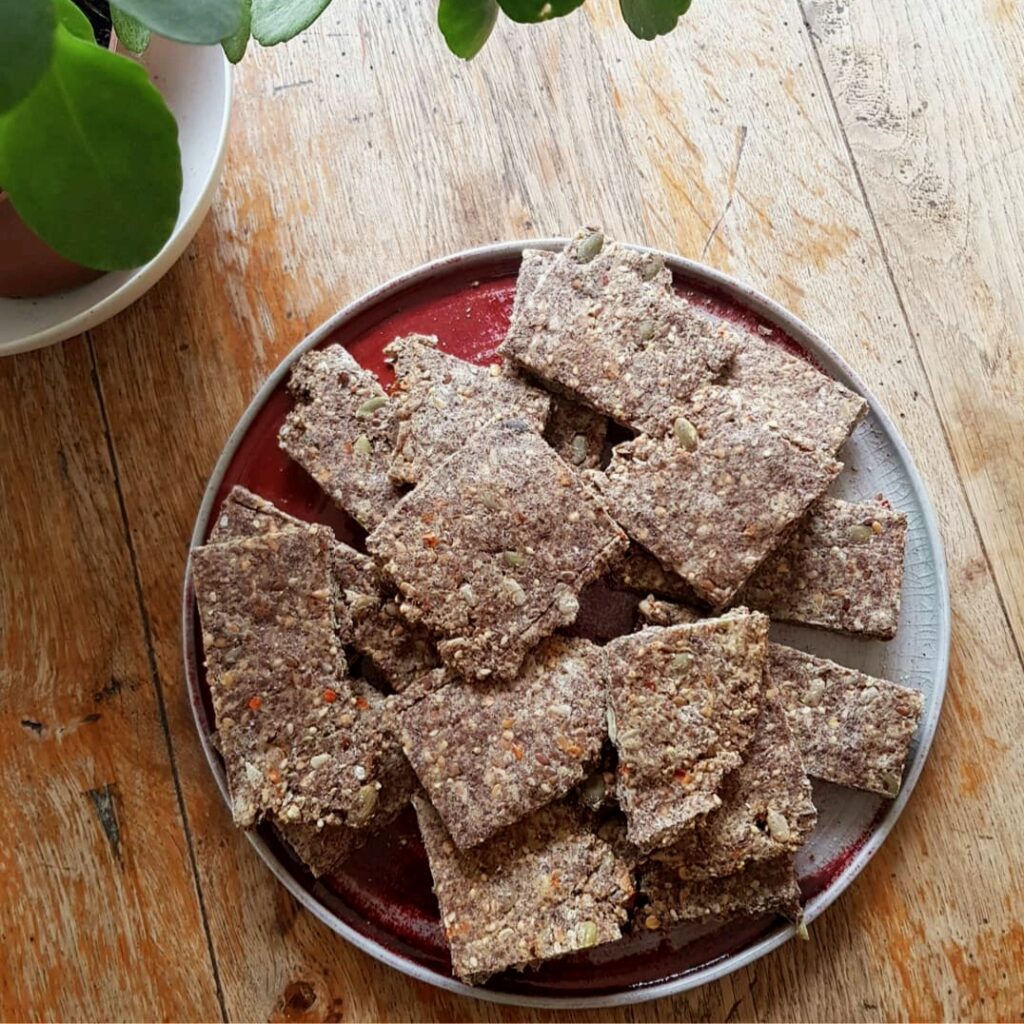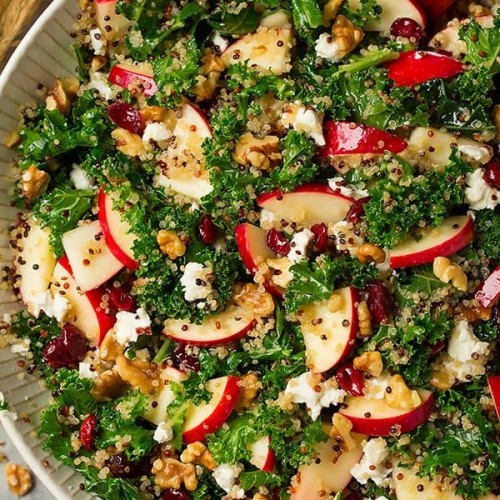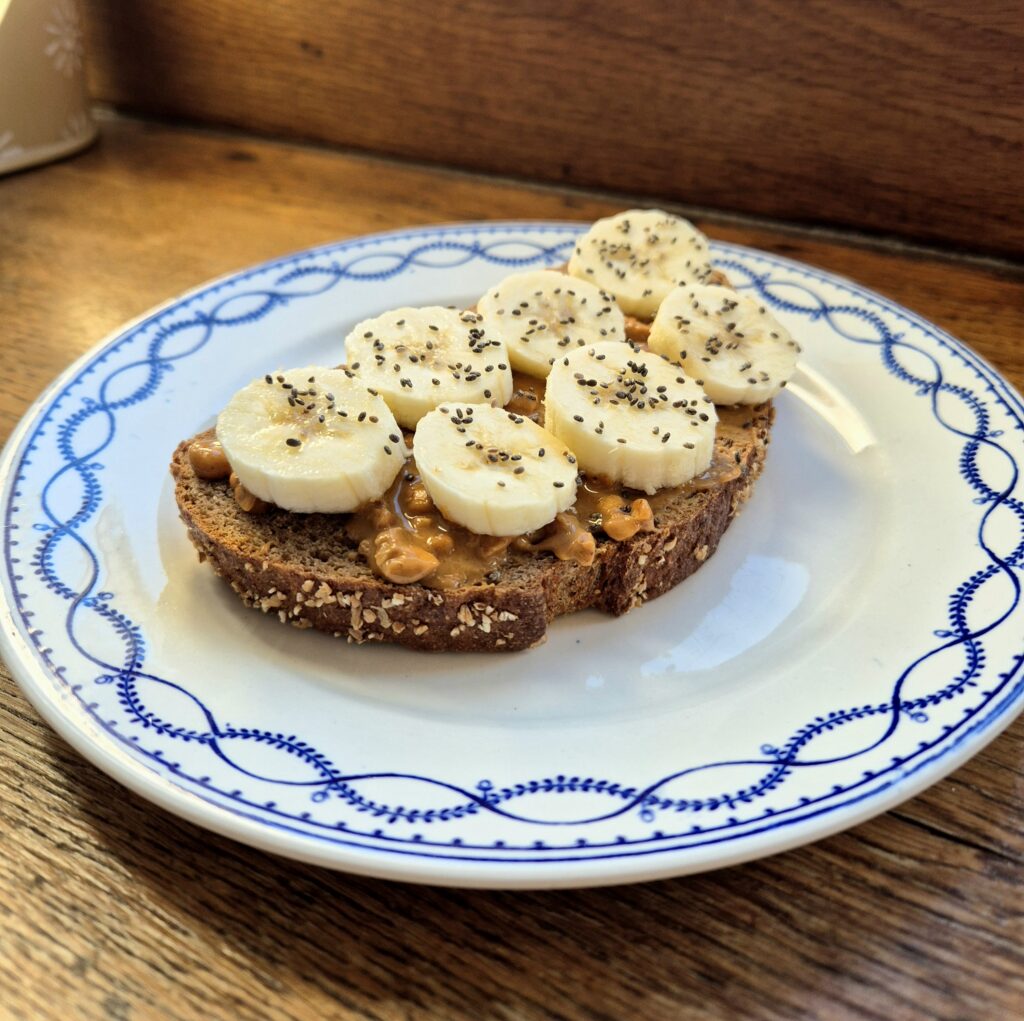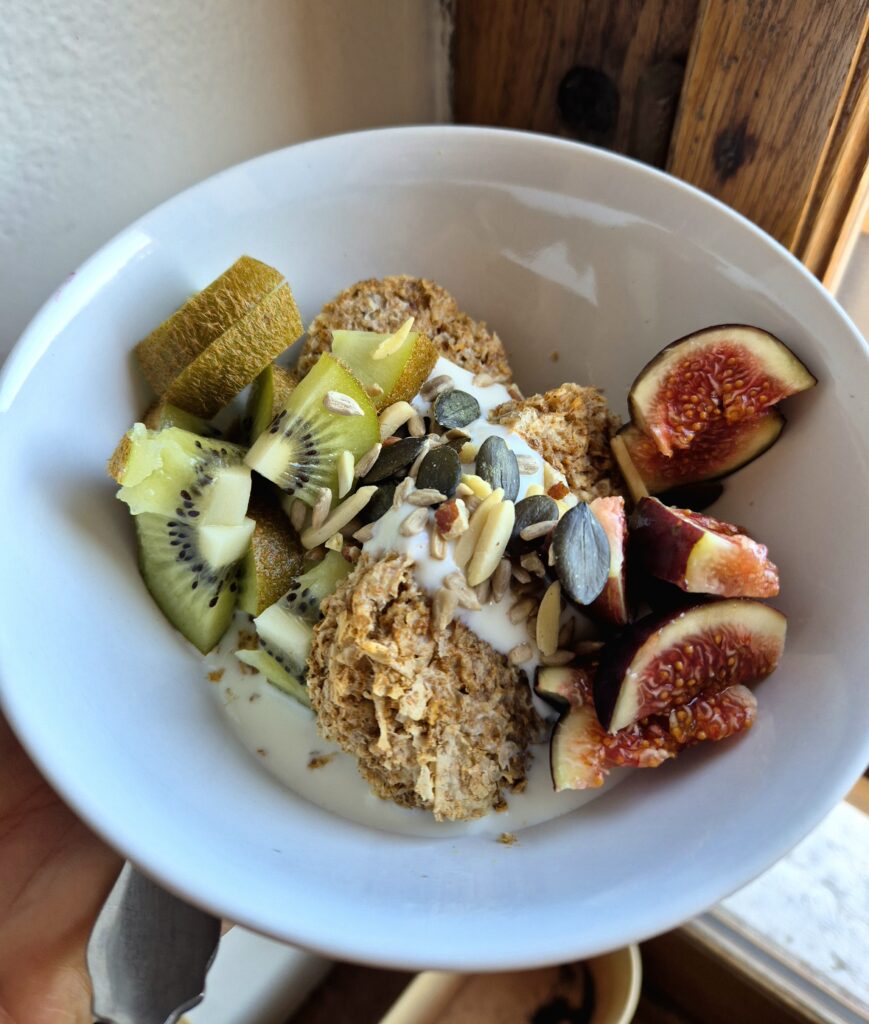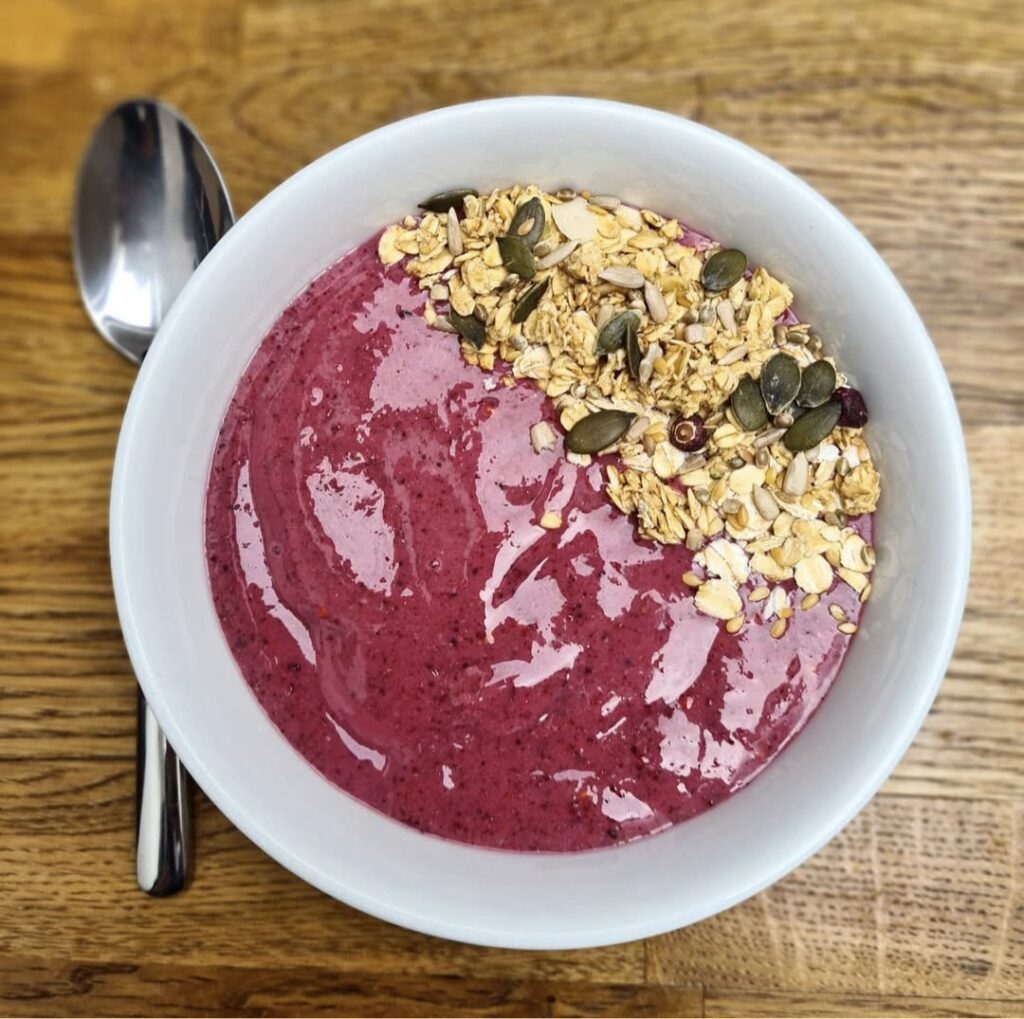Do you need to change your behaviour around food? Written by Millie Rose Introduction to behavior change and food Healthy eating isn’t just about knowing what‘s good for you, it’s also about changing the habits and behaviour that shape your food choices. The way we think, the people around us, and even the environment we live in all play a big role in what ends up on our plates. In this blog, we’ll explore: Psychology of Food Choices Psychology looks at why we choose the foods we do. It’s powerful because small changes in how we think or what we’re surrounded by can shift our eating patterns. One important idea here is cognitive bias. This means automatic errors in thinking that affect how we see food and the choices we make, often without realising it (Da Silva, Gupta and Monzani, 2023). Simply, our brain sometimes tricks us into making food choices that don’t always match our long-term goals. Cognitive biases often show up in emotional eating (my blog on intuitive vs mindful eating may be helpful). This is when we eat to try and change how we feel rather than because we’re hungry. Emotional eating is guided by feelings rather than hunger cues, and it can have a big impact on our food decisions (Betancourt-Núñez et al., 2022). It can also reduce appetite at first, but then lead to hunger and overeating later in the day (Betancourt-Núñez et al., 2022). 30% have increased appetite when experiencing a negative emotion48% have decreased appetite when facing a negative emotion22% appetite doesn’t change when facing a negative emotion(Betancourt-Núñez et al., 2022) Habit Formation and Breaking Bad Eating Habits Food habits can form at any time, from childhood into adulthood. There are many factors to forming habits, such as work pattern, taste and texture preferences, culture, budgets and surrounding environment (Fisberg, Giogia and Maximino, 2023). There are two types of behaviour: Habitual: a repeated behaviour cued by the environment/external stimuli (Brown, 2024), they are automatic or unconsciousNon-habitual: a behaviour followed after consideration, they are deliberate and conscious (Wood, Quinn and Kashy, 2002) Habitual problems can be problematic. But why? 4 things we can do: The Role of Social Influences in Eating Family, friends and your social circle can impact your food choices as we often mirror what people around us are doing. This may happen with portion sizes, time of eating and food choice. Follow these 3 tips to navigate social influences and peer pressure: Motivation: Intrinsic vs. Extrinsic Intrinsic motivation = doing a behaviour because you want to, perhaps because you enjoy it or you want to reap the benefits of the action, for example, increasing your exercise from 1 x week to 3 x week because you want to feel fitter and stronger Extrinsic motivation = doing a behaviour for external rewards or to avoid judgement, for example, following a diet for praise from family or friends (Morris et al., 2022) What drives sustainable behaviour change? Using Nudges to Improve Eating Habits Nudges are subtle prompts that may help you change your eating behaviours. Some nudges that may help you: Practical Tips for Lasting Behaviour Change 2. Identifying the effect of the problem behaviour 3. Identifying a solution to the problem behaviour 4. Identifying the positive effect of changing your problem behaviour 5. Holding yourself accountable 6. Overcoming setbacks Conclusion: Long-term Healthy Eating Embracing food change as a continuous process, not a quick fix, can take time to figure out. However, by making small changes over time to your behaviour and environment, you can make positive changes to your relationship with food and your diet. References Betancourt-Núñez, A., Torres-Castillo, N., Martínez-López, E., De Loera-Rodríguez, C.O., Durán-Barajas, E., Márquez-Sandoval, F., Bernal-Orozco, M.F., Garaulet, M. and Vizmanos, B. (2022). Emotional Eating and Dietary Patterns: Reflecting Food Choices in People with and without Abdominal Obesity. Nutrients, [online] 14(7), pp.1371–1371. doi:https://doi.org/10.3390/nu14071371. Brown, R. (2024). Habitual Health-Related Behaviour and Responsibility. Oxford University Press eBooks, [online] pp.210–226.doi:https://doi.org/10.1093/oso/9780192872234.003.0010. Butcher, L.M., Batt, C., Royce, S., Barron, E., Giglia, R. and Begley, A. (2024). Analysing the behaviour change techniques in an effective food literacy program to inform future program design. Nutrition & Dietetics. doi:https://doi.org/10.1111/1747-0080.12908. Celis-Morales, C., Livingstone, K.M., Marsaux, C.F., Macready, A.L., Fallaize, R., O’Donovan, C.B., Woolhead, C., Forster, H., Walsh, M.C., Navas-Carretero, S., San�Cristobal, R., Tsirigoti, L., Lambrinou, C.P., Mavrogianni, C., Moschonis, G., Kolossa, S., Hallmann, J., Godlewska, M., Surwillo, A. and Traczyk, I. (2017). Effect of personalized nutrition on health-related behaviour change: evidence from the Food4Me European randomized controlled trial. International journal of epidemiology, [online] 46(2), pp.578–588. doi:https://doi.org/10.1093/ije/dyw186. Da Silva, S., Gupta, R. and Monzani, D. (2023). Editorial: Highlights in Psychology: Cognitive bias. Frontiers in Psychology, [online] 14(1242809). doi:https://doi.org/10.3389/fpsyg.2023.1242809. Fisberg, M., Gioia, N. and Maximino, P. (2023). Transgenerational transmission of eating habits. Jornal de Pediatria, 100.doi:https://doi.org/10.1016/j.jped.2023.11.007. Morris, L.S., Grehl, M.M., Rutter, S.B., Mehta, M. and Westwater, M.L. (2022). On What Motivates us: a Detailed Review of Intrinsic v. Extrinsic Motivation. Psychological Medicine, 52(10), pp.1–16. Wood, W., Quinn, J. and Kashy, D. (2002). Habits in Everyday Life: Thought, Emotion, and Action. Journal of Personality and Social Psychology, [online] 83(6). doi:https://doi.org/10.1037/0022-3514.83.6.1281. Shivani Kachwaha, Kim, S.S., Das, J.K., Rasheed, S., Gavaravarapu, S.M., Pooja Pandey Rana and Menon, P. (2024). Behavior Change Interventions to Address Unhealthy Food Consumption: A Scoping Review. Current Developments in Nutrition, 8(3),pp.102104–102104. doi:https://doi.org/10.1016/j.cdnut.2024.102104.

